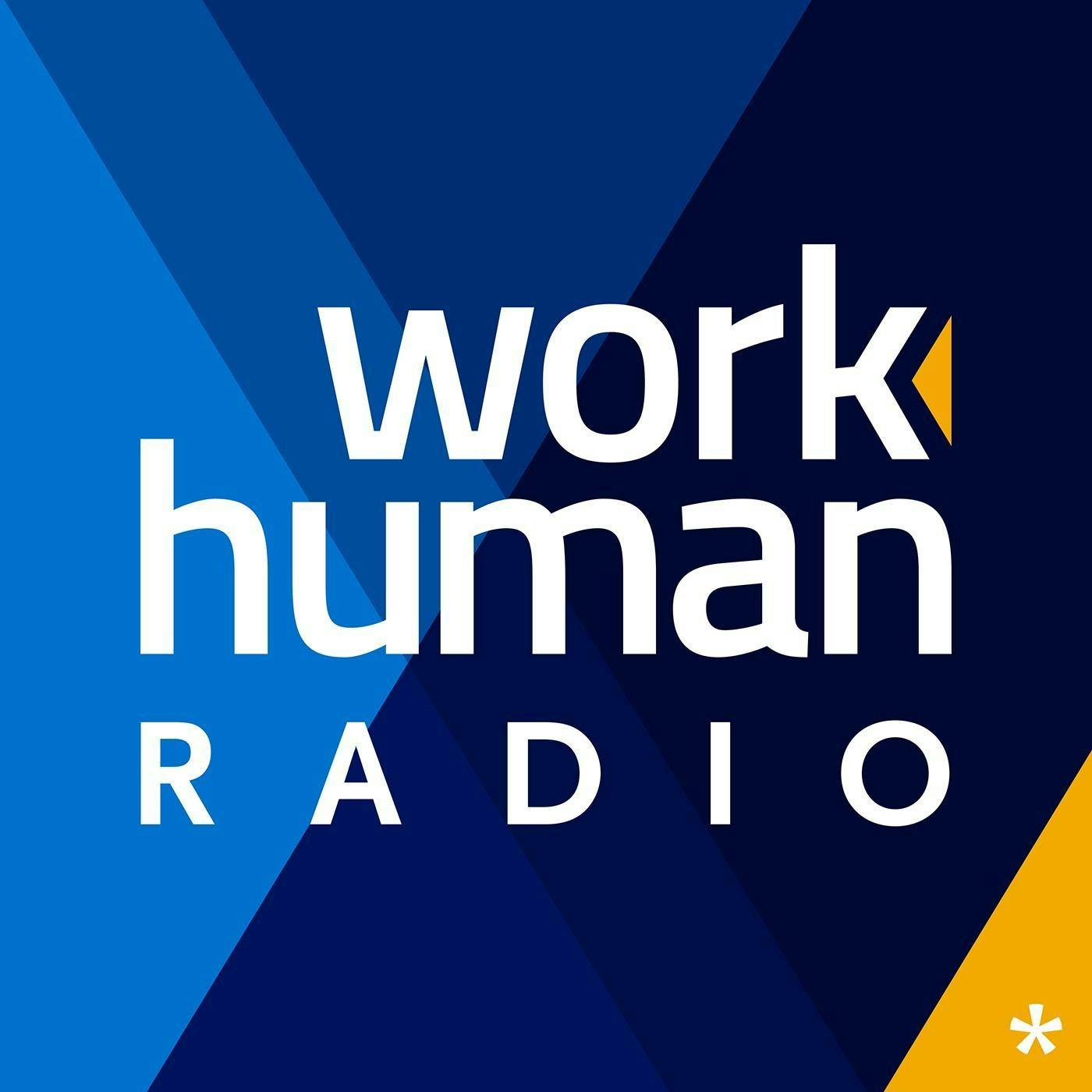Leadership Principles at Microsoft with Joe Whittinghill

b"Joe Whittinghill is the Corporate VP of Talent, Learning and Insights at Microsoft, and one of the creators of Microsoft\\u2019s Leadership Principles. He joins hosts Todd Schnick and Mike Wood to talk about leadership and change management at Microsoft in this episode of WorkHuman Radio.\\n\\nMicrosoft's 3 Leadership Principles\\nThe Microsoft model of leadership is aligned with neuroscience. The most important things leaders need to do to drive the company forward, are distilled into three simple and memorable principles. These are:Create clarityGenerate energyDeliver successDelivering Success\\nTo deliver success, Joe points out that it is key to give leaders proper guidance. This is because they are very busy and may confuse activity with results. It\\u2019s necessary therefore to be very clear on your expectations of them. He goes on to share two practices under the Deliver Success principle.\\nTranslating Microsoft Globally\\nMike asks Joe how Microsoft successfully rolls out a policy across the world, with different cultures and different people. Joe jokes about the \\u201898052 bubble\\u2019 and then explains how the company makes sure that what is good in Redmond works all over the world.\\nCreating Clarity\\nIt's very hard to create clarity but it's one of the most essential skills leaders need to have. Joe describes creating clarity as the ability to synthesize the complex and to ensure shared understanding across cultures. You must make sure that all members of the team have the same understanding and share the same goal. Mike adds that team members must also trust that their leader is not setting them up to fail. \\nGenerating Energy\\nTodd asks Joe how Microsoft brings humanity to such a large and global workforce. Joe explains that Microsoft's mission statement is about helping everyone else win.Generating energy speaks to the mission statement because it is about building organizations that are stronger tomorrow than they are today. He shares an interesting example of how the company deals with failure but admits that they have even more work to do in this regard. \\nWorking Human at Microsoft\\nIn response to Mike\\u2019s question about what working human means to Microsoft, Joe explains that he believes the modern workplace is not a place anymore, but a change in mindset. How organizations support creativity of growth will determine how successful they are in the future. If you help your workers to find their personal purpose and align it with the organization's mission, you allow them to bring their full authentic self to work.\\xa0\\nManaging Change\\nHumans are averse to change; however, effective change management happens with empathy and inclusion. We need to realize that people are in different positions and we must be more careful of how we help them to learn and grow through change. Giving examples of how the other side of change can result in a better life, may help others to embrace change. Mike adds that showing them that even if things don't work out for the better, that they are still ok and moving on. Viewing things this way can also help them to fear change less.\\nResources\\nYou can find Joe on LinkedIn."